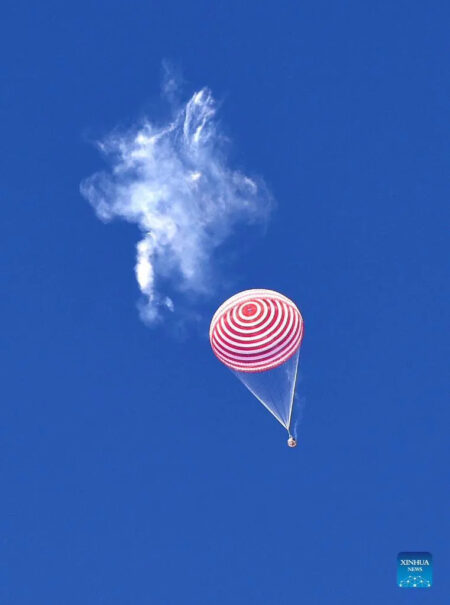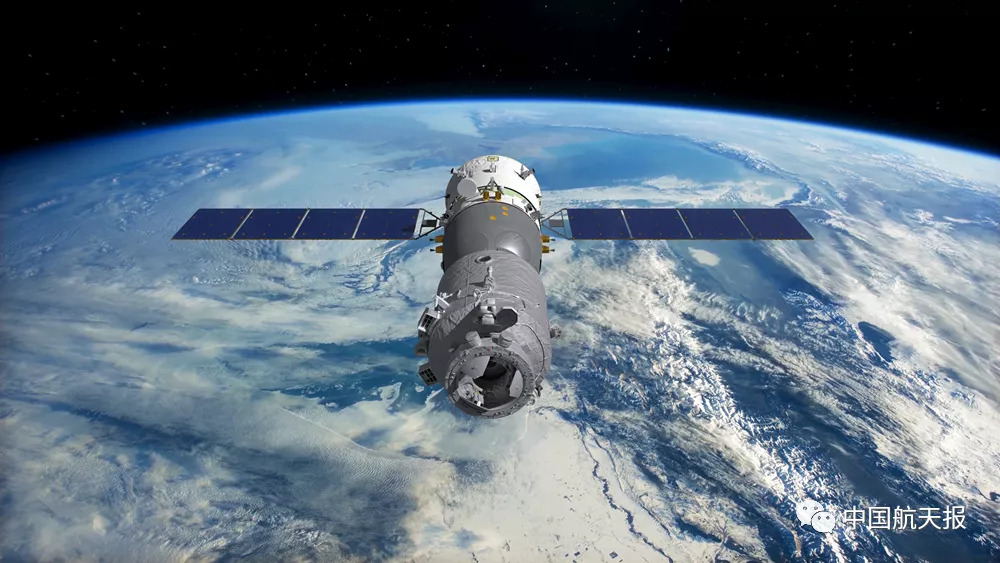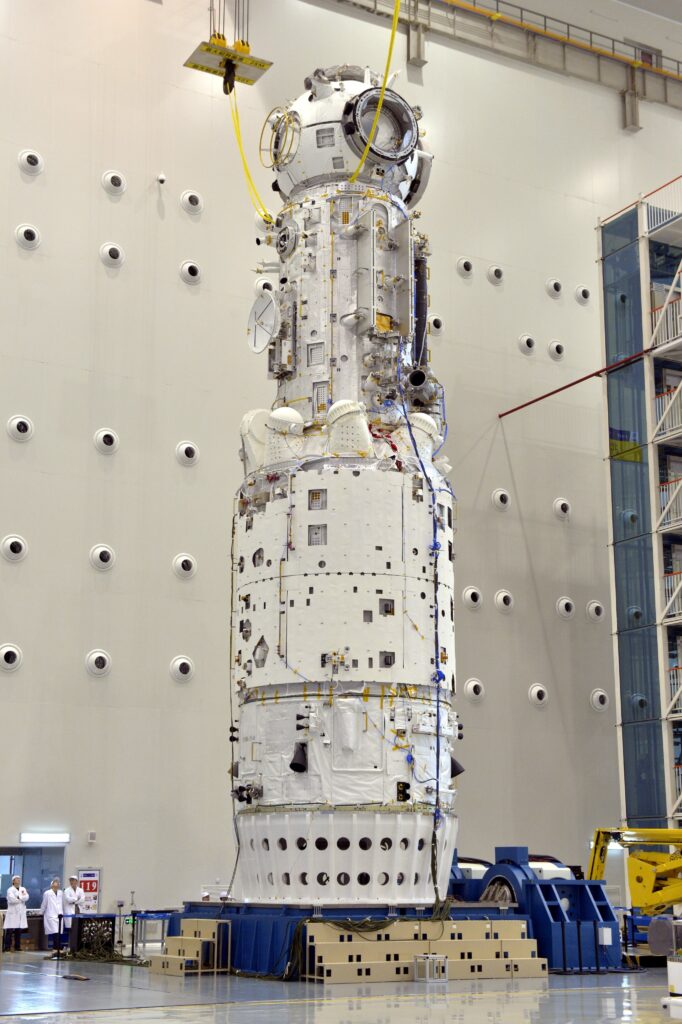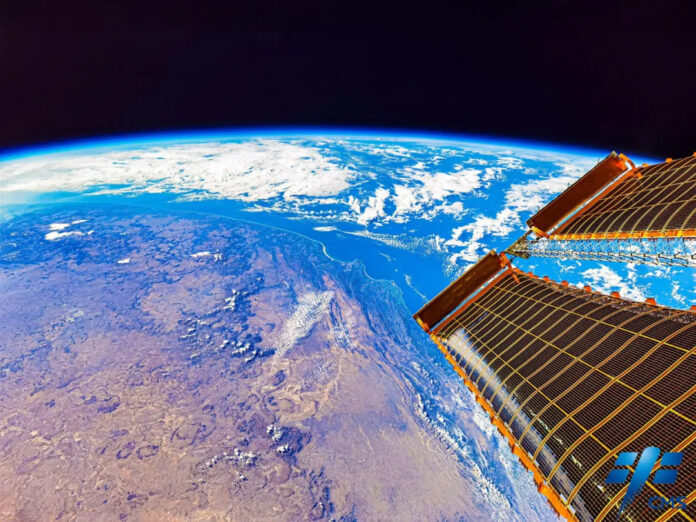2021 has been an unprecedented year in Chinese crewed spaceflight, and marks the first stages of the construction of the Chinese space station, a period called the “Critical Technology Validation Phase” (关键技术验证阶段). During this one-year period (roughly April 2021 – March 2022), the Chinese have planned to launch the Tianhe-1 core module and test all the main systems and instruments on board. Unsurprisingly, space sciences have secondary importance during this phase.
A Retrospective
Before discussing what comes next, let’s look at a retrospective of the past 9 months:
- The first important event took place in April 2021, with the launch of the 20+ ton core module of the Chinese space station, Tianhe-1. The Tianhe-1 core module is the command center of the future fully-assembled space station, concentrating most navigation, attitude, orbital control, and life support systems. It is also the living quarters for the taikonauts (although the future Wentian experimental module will bring addition sleeping quarters), and it is the central docking node for all other pieces of space hardware, with no less than 5 docking ports (1 on the aft side, 4 on the front).
- Next took place the launch of the Tianzhou-2 cargo spacecraft in May 2021, bringing additional equipment (EVA suits, space experiments, additional systems for the space station), as well as supplies for the Shenzhou 12 crew.
- The launch of the Shenzhou-12 crew followed shortly after, on-board a Long March 2F in June 2021. The Shenzhou 12 crew, the first to reach the CSS, accomplished a number of important missions: verifying life support systems during the longest consecutive stay of taikonauts in space up to now, first EVA with assistance from the robotic arm, test of new advanced navigation and attitude/orbital control technology (for both rendez-vous & de-orbiting), validation of the new Dongfeng landing site for crewed missions with the safe return of the crew on September 17th.
- Finally, the Tianzhou-3 cargo spacecraft was launched on September 20 2021, sending a new wave of supplies and equipment to the CSS


So what’s next?
With the upcoming launch of the Shenzhou-13 crew in mid-October, China will have completed the final launch of the “Critical Technology Validation Phase”. The Shenzhou-13 crew will remain 6 months in the CSS, an unprecedented amount of time for China, and beating the previous record of 3 months established by Shenzhou-12. The crew will continue to test the Tianhe-1 core module performances, after which the Chinese will then validate (or not) the Tianhe-1 as the official space station core module. Among some of the tests to take place are the radial docking of the Shenzhou-13 spacecraft to the nadir port, the undocking and displacement of the Tianzhou-2 spacecraft by the robotic arm from an axial to a radial position, as well as additional EVAs.
Currently, the Tianhe-1 in orbit still has a prototype status, and there is a back-up Tianhe-1 on the ground. The latter could potentially serve as an extension to the CSS if the current Tianhe-1 performances were validated.

Once the Tianhe-1 is validated, the “Construction Phase” of the CSS (建造阶段) is expected to begin. Two launches of the Wentian and Mengtian experimental modules (resp. In May/June and Aug/Sept 2022) will significantly increase the space sciences capabilities of the CSS, enhance EVA activities, as well as extend the capacity of the CSS which will be able to host 6 taikonauts as opposed to 3 with the Tianhe-1 module alone. To supervise this assembly, 2 further batches of taikonauts will be sent to the CSS: the Shenzhou-14 and Shenzhou-15, expected to launch in May and November 2022. Their stays should overlap by a couple of days, and this will represent the first time that the Chinese space station hosts 6 taikonauts simultaneously. Finally, Two Tianzhou cargo spacecraft, TZ-4 and TZ-5, should also launch shortly before the aforementioned Shenzhou missions, in March/April and October 2022 respectively.



